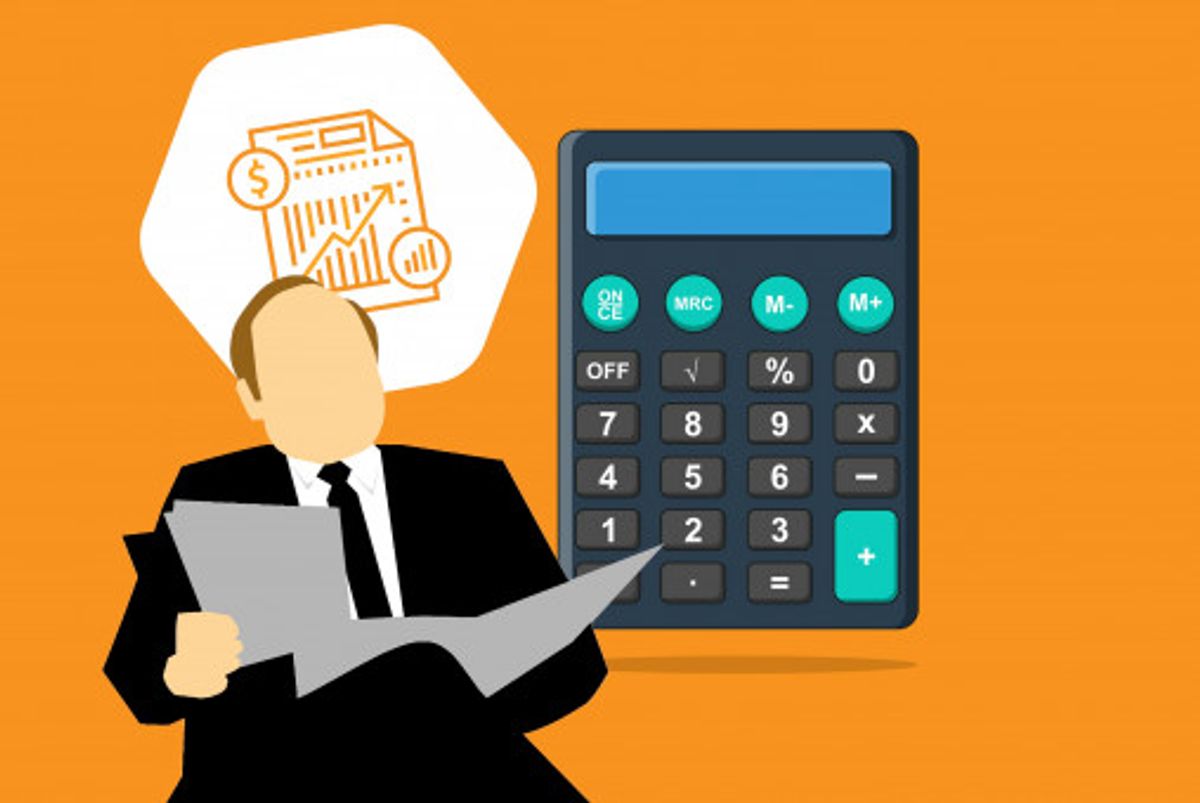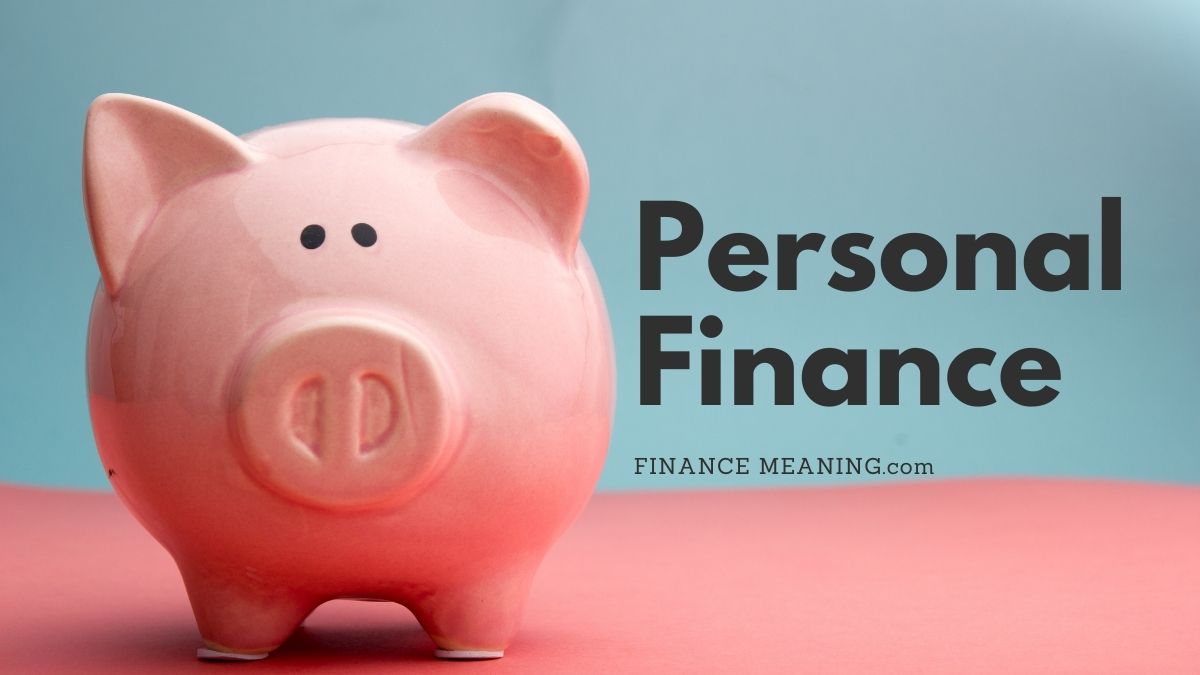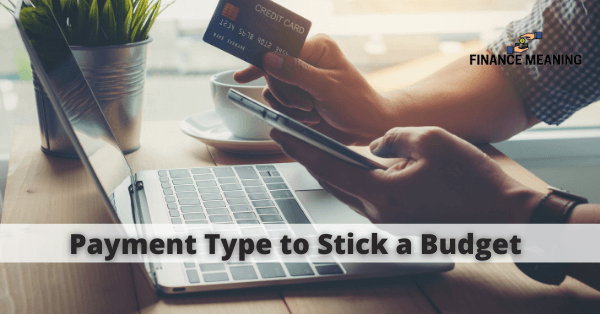Building financial stability can be a daunting task, especially for individuals who have no credit history. Navigating the realm of finance without an established credit record requires strategic planning and informed decision-making. This article provides a comprehensive guide on how to manage finances effectively when starting from scratch. We will explore the basics of credit, strategies for establishing credit, budgeting and saving tips that don’t rely on credit, alternative financial services, and how to handle major purchases and life events without a credit history. By understanding and applying these strategies, individuals can lay a solid foundation for financial stability and growth.
Key Takeaways
- Understanding the fundamentals of credit, including how it differs from having bad credit, is crucial for those starting without a credit history.
- Secured credit cards, credit builder loans, and becoming an authorized user are practical strategies for establishing credit from the ground up.
- Effective budgeting and saving are possible without credit, through cash-based systems and a strong focus on building an emergency fund.
- Alternative financial services like peer-to-peer lending and microloans can play a significant role in financial stability for those without traditional credit.
- Major life events such as purchasing a car, renting an apartment, and planning for education can be navigated successfully with no credit by understanding the right strategies and options available.
Understanding the Basics of Credit


What is Credit and Why Does it Matter?
Credit is essentially a tool that allows individuals to borrow money or access goods and services with the understanding that they will pay back the lender at a later date. It is a fundamental component of modern financial systems and plays a crucial role in enabling economic activity. Having credit can mean the difference between being able to make a necessary purchase, like a home or a car, and not having that opportunity.
Credit matters because it affects your ability to borrow money and the terms under which you can borrow. Lenders look at your credit history to determine your creditworthiness, which influences the interest rates you’re offered and the amount of credit available to you. Without a credit history, it can be challenging to secure loans for major purchases or to take advantage of financial opportunities that require borrowing.
Establishing a good credit history is important not only for borrowing but also for other aspects of life, such as renting an apartment or even getting certain jobs. It’s a measure of financial trustworthiness that can have far-reaching implications.
Understanding credit is the first step towards building a solid financial foundation. Whether you’re starting from scratch or repairing your credit, knowing how it works and why it’s important will guide you towards making informed financial decisions.
The Components of a Credit Score
Understanding the components of a credit score is crucial for anyone looking to build or improve their credit history. These components are the building blocks that credit bureaus use to calculate your creditworthiness.
- Payment History: This is the record of how consistently you make payments on time. It’s the most significant factor, as it indicates your reliability.
- Credit Utilization: This refers to how much of your available credit you’re using. Lower utilization rates are better for your score.
- Length of Credit History: The longer your credit history, the more information there is to assess your financial behavior.
- Types of Credit: A mix of different types of credit accounts, such as credit cards, mortgages, and car loans, can show that you can manage various types of credit responsibly.
- New Credit: Opening several new credit accounts in a short period can be a red flag to lenders, as it may indicate financial distress.
Maintaining a diverse credit portfolio and a long history of on-time payments will serve as a strong foundation for a healthy credit score.
Each factor contributes differently to your overall credit score, and understanding the weight of each can help you prioritize your financial actions to build a strong credit profile.
How No Credit Differs from Bad Credit
Understanding the distinction between having no credit and having bad credit is crucial for financial navigation. No credit means you have no credit history, indicating to lenders that they have no track record to assess your creditworthiness. On the other hand, bad credit suggests a history of not managing credit obligations well.
- No Credit: Lenders have no data to predict your behavior.
- Bad Credit: Lenders have negative data based on past behavior.
While both situations can make obtaining credit more challenging, they require different strategies to overcome. No credit is a blank slate, and there are specific steps you can take to establish a positive credit history. Conversely, bad credit requires you to repair your financial reputation by addressing the issues that led to the negative marks on your credit report.
It’s important to note that bad credit can result from various factors, such as late payments, high credit utilization, or defaulting on loans. Dealing with bad credit often involves paying down debt, keeping accounts open to extend the length of credit history, and being mindful of interest rates. These actions can gradually improve your credit score, making you more appealing to lenders.
Strategies for Establishing Credit


Secured Credit Cards: A First Step
Secured credit cards offer a viable entry point for individuals looking to establish a credit history. Unlike traditional credit cards, a secured card requires a cash deposit that serves as collateral and typically sets the credit limit. This deposit minimizes the risk for the issuer, making it easier for applicants with no credit to get approved.
To effectively use a secured credit card, consider the following steps:
- Apply for a card with low fees and a reasonable interest rate.
- Make small purchases that you can pay off each month.
- Pay your bill on time, every time, to build a positive payment history.
- Monitor your credit score to track your progress.
Remember, the goal is to demonstrate financial responsibility and build a positive credit history. A secured credit card is a tool, not a solution in itself.
By adhering to these practices, you can transition to an unsecured card over time. It’s also important to understand the benefits of a high credit score, such as lower interest rates on loans, better chances for credit card and loan approval, and more favorable terms on new credit.
Credit Builder Loans: How They Work
Credit builder loans are designed to help individuals with no or minimal credit history establish a credit record. Unlike traditional loans, you don’t receive the borrowed funds upfront. Instead, the lender places the loan amount into a locked savings account. As you make regular payments, these are reported to the credit bureaus, thus building your credit history.
- Apply for a credit builder loan at a financial institution.
- Make on-time payments each month.
- The lender reports your payment history to the credit bureaus.
- Upon loan completion, gain access to the loan amount plus any interest it has earned.
Credit builder loans can be a dual benefit tool. Not only do they assist in establishing a credit profile, but they also encourage savings as the loan amount accrues interest in a secured account.
It’s important to choose a lender that reports to all three major credit bureaus to maximize the impact on your credit score. Additionally, ensure that you can meet the payment schedule, as late payments can negatively affect your credit just as they would with any other loan.
Becoming an Authorized User on an Existing Account
One effective strategy for individuals with no credit is to become an authorized user on an existing credit card account. This approach allows you to benefit from the credit history of the primary cardholder, provided that the account is managed well. As an authorized user, you’re not legally obligated to pay the credit card bills, but the account’s activity will be reflected in your credit reports.
By aligning yourself with a responsible primary cardholder, you can start to establish a credit history without having to qualify for a card on your own.
It’s important to understand that not all credit card issuers report authorized user activity to the credit bureaus. Here’s a quick checklist to ensure you’re on the right track:
- Confirm with the issuer that authorized user activity is reported to credit bureaus.
- Choose a primary cardholder with a strong payment history.
- Set clear expectations about card usage and payments.
- Regularly monitor your credit score to track progress.
Reporting Rent and Utility Payments
Building a credit history from scratch can seem daunting, but reporting your rent and utility payments can be an effective strategy. Many people don’t realize that their consistent payment history for these monthly obligations can actually help establish credit.
To get started, you’ll need to use a rent reporting service. These services act as intermediaries between you and the credit bureaus. Here’s a simple list of steps to follow:
- Research and select a reputable rent reporting service.
- Verify that the service is compatible with your landlord or property management.
- Sign up and provide the necessary documentation.
- Ensure your payments are reported consistently each month.
While this method won’t skyrocket your credit score overnight, it’s a valuable tool in your credit-building arsenal. It’s important to remember that not all credit bureaus accept rent and utility payment reports, so you should check which ones do before you subscribe to a service.
Consistency is key. Just like with any credit-building activity, the real benefit comes from making regular, on-time payments over a period of time.
Budgeting and Saving Without Credit


Creating a Budget That Works for You
A personal budget is a financial plan that allocates future personal income towards expenses, savings, and debt repayment. Past spending and personal debt are considered when creating a personal budget. There are various budgeting methods and tools that can assist in the creation of a budget that fits your lifestyle and goals.
- Identify your income sources: List all monthly income, including salaries, bonuses, and any side hustles.
- Categorize your expenses: Divide your expenses into fixed (rent, utilities) and variable (entertainment, groceries).
- Set realistic goals: Determine what you want to achieve, such as paying off debt or saving for a vacation.
- Monitor and adjust: Regularly review your budget to ensure it’s still working for you and make adjustments as needed.
A successful budget is not about restricting yourself, but about understanding your financial situation and making informed choices.
Remember, the goal of budgeting is not to restrict your spending but to give you control over your finances and help you achieve your financial objectives. By following a guide to learn how to budget money, such as the 50/30/20 rule, you can effectively split your income between needs, wants, savings, and debt repayment.
The Importance of an Emergency Fund
An emergency fund is essential for anyone looking to build financial stability, especially if you’re starting with no credit. Having a safety net can prevent you from falling into debt when unexpected expenses arise. It’s not just about having savings; it’s about having accessible funds that you can rely on in case of emergencies such as medical bills, car repairs, or sudden job loss.
- Start by setting a small, achievable goal for your emergency fund.
- Gradually increase your savings target as your financial situation improves.
- Aim to have enough to cover at least three to six months of living expenses.
Building an emergency fund may seem daunting, but by starting small and being consistent, you can create a buffer that will help you handle life’s surprises without derailing your financial goals.
Utilizing Cash-Based Budgeting Systems
Cash-based budgeting systems are a tactile and straightforward method for managing personal finances, especially for those without access to credit. By using physical cash for transactions, individuals can gain a better sense of their spending and avoid the pitfalls of overspending that often accompany credit use.
The envelope system is a popular cash-based budgeting technique. It involves dividing cash into envelopes designated for different spending categories. Here’s how it might look:
- Groceries: $300
- Utilities: $150
- Entertainment: $50
- Transportation: $100
This method not only simplifies tracking expenses but also enforces discipline as once the cash in an envelope is gone, spending in that category must cease until the next budget cycle.
Embracing a cash-based system encourages a more mindful relationship with money. It’s a practical approach to ensure you live within your means and a step towards building financial stability.
The page emphasizes the importance of budgeting, creating an emergency fund, enrolling in a personal finance class, listening to finance podcasts, and reducing interest rates for financial stability. These practices, alongside a cash-based budgeting system, can lay a solid foundation for those navigating finance with no credit.
Alternative Financial Services
Peer-to-Peer Lending: Pros and Cons
Peer-to-peer (P2P) lending has emerged as a popular alternative financial service, especially for individuals with no credit. It operates by connecting borrowers directly with investors through an online platform, bypassing traditional financial institutions.
Pros of P2P lending include:
- Accessibility for borrowers who may not qualify for traditional loans.
- Potentially lower interest rates compared to conventional lenders.
- A streamlined application process that is often completed entirely online.
Cons, on the other hand, involve:
- The risk of higher interest rates for borrowers with no credit history.
- Less regulation compared to traditional banks, which could affect the security of transactions.
- The possibility of investors facing defaults, as P2P loans are not insured.
While P2P lending can be a valuable tool for financial growth, it is essential to approach it with caution and thorough research. Understanding the risks and benefits is crucial before engaging in any lending or borrowing activities.
Microloans and Their Impact on Financial Stability
Microloans can be a powerful tool for individuals with no credit or low income to gain financial stability. These small, short-term loans are typically used by entrepreneurs to start or expand a business, but they can also serve as a stepping stone for building credit.
Microloans often have less stringent eligibility requirements than traditional bank loans, making them more accessible to a wider range of borrowers. By successfully repaying a microloan, borrowers can demonstrate their creditworthiness, which can lead to better borrowing terms in the future.
- Accessibility: Available to those with no credit or low income.
- Purpose: Ideal for starting or expanding a business.
- Credit Building: Repayment can improve creditworthiness.
Microloans not only provide the necessary capital to jumpstart small ventures but also instill a sense of financial discipline as borrowers must adhere to a repayment schedule. This can be instrumental in establishing a positive credit history.
Using Prepaid Debit Cards Wisely
Prepaid debit cards can be a valuable tool for managing finances, especially for those without a credit history. Choosing the right prepaid card is crucial; it should align with your spending habits and financial goals. Unlike credit cards, prepaid cards allow you to spend only what you’ve loaded onto the card, helping to prevent debt accumulation.
To use prepaid debit cards effectively, consider the following points:
- Be mindful of fees associated with the card, such as loading fees, transaction fees, or monthly maintenance fees.
- Monitor your card balance regularly to avoid overspending or transaction declines.
- Use the card for specific purposes, like online purchases or travel expenses, to better track your spending.
By using a prepaid debit card, you can gain the convenience of card payments without the risk of falling into debt. It’s a practical way to stay within your budget and can serve as a stepping stone to other financial products in the future.
Remember, prepaid cards do not help build credit directly, but they can be part of a broader strategy for financial stability. Don’t open too many prepaid accounts in a short period, as this can be counterproductive and difficult to manage.
Navigating Major Purchases and Life Events


Buying a Car Without Credit: What to Know
Purchasing a vehicle without an established credit history can be challenging, but it’s not impossible. Understanding the right strategies and options is crucial for a successful transaction. Here are some practical steps to consider:
- Explore dealerships that specialize in no-credit financing. These dealers often have programs designed for individuals without a credit history.
- Consider saving for a larger down payment. This reduces the loan amount and demonstrates financial responsibility to lenders.
- Research and compare different lenders who offer car loans to those with no credit. Some may have more favorable terms than others.
When approaching the car buying process without credit, it’s essential to be prepared for higher interest rates and possibly more stringent terms. Being well-informed and ready to negotiate can make a significant difference.
Remember, while some lenders may be hesitant to provide financing without a credit history, others recognize that everyone starts somewhere. It’s important to shop around and not settle for the first offer. Patience and diligence can lead to finding a loan that suits your financial situation.
Renting an Apartment with No Credit History
Renting an apartment without a credit history can be challenging, but it’s not impossible. Landlords typically use credit scores to assess a potential tenant’s reliability. However, there are strategies to compensate for the lack of credit history. Prepare to provide proof of income, a larger security deposit, or a cosigner to improve your chances.
When approaching landlords, be upfront about your no credit status and demonstrate your financial stability in other ways:
- Show consistent employment history
- Offer to pay a few months’ rent in advance
- Present reference letters from previous landlords or employers
It’s essential to understand that while credit history is a common screening tool, landlords also consider other financial factors. These include your income stability and the ability to pay rent on time.
Remember, each landlord has different requirements and may value certain aspects over others. Location and credit history are key considerations, but demonstrating a strong budgeting practice can also be persuasive.
Planning for Higher Education or Vocational Training
When planning for higher education or vocational training without established credit, it’s crucial to explore all available funding options. Scholarships, grants, and work-study programs can provide financial support without the need for credit history. Additionally, some institutions offer payment plans that allow tuition to be paid in installments.
- Research scholarships and grants extensively; many are offered based on merit or specific criteria rather than credit history.
- Consider work-study opportunities, which can help cover educational costs while providing valuable work experience.
- Inquire about institutional payment plans that may not require credit checks and can break down tuition into manageable payments.
While federal student loans typically do not require a credit check, they should be approached with caution. Understand the terms and repayment obligations to avoid future financial strain.
Remember, the path to financing education without credit may require more legwork, but it is possible with careful planning and exploration of all options.
Conclusion
Navigating the financial landscape with no credit can be a daunting task, but it is not insurmountable. By employing the strategies discussed, such as understanding the importance of credit, leveraging alternative credit options, budgeting effectively, and seeking financial education, individuals can lay the groundwork for building a solid financial foundation. It’s essential to approach this journey with patience and persistence, as establishing credit and achieving financial stability takes time and consistent effort. Remember, every step taken is a move towards a more secure financial future. Embrace the challenge, and use the tools and knowledge at your disposal to pave your way to financial success.
Frequently Asked Questions
Can I build credit if I have no credit history at all?
Yes, you can build credit from scratch by using financial products designed for people with no credit history, such as secured credit cards, credit builder loans, and by becoming an authorized user on someone else’s credit card.
What is the difference between no credit and bad credit?
No credit means you have no credit history and haven’t used credit products that report to credit bureaus. Bad credit indicates you have a history of credit use, but with negative marks such as late payments or defaults.
How can I create a budget without relying on credit?
You can create a budget by tracking your income and expenses, categorizing your spending, and using cash-based budgeting systems like the envelope method to manage your finances without relying on credit.
Are there any risks associated with peer-to-peer lending?
Yes, peer-to-peer lending can come with risks such as the potential for higher interest rates, the lack of a formal financial institution’s backing, and the chance of borrowing from or lending to individuals who may not be creditworthy.
Can I rent an apartment with no credit history?
It’s possible to rent an apartment with no credit history by providing proof of income, offering to pay a larger deposit, getting a co-signer, or showing a history of regular rent and utility payments.
What are microloans and how can they help me build financial stability?
Microloans are small, short-term loans typically aimed at helping entrepreneurs or individuals in developing countries or underserved communities. They can help build financial stability by providing access to capital for those who may not qualify for traditional loans.





![Venmo vs. PayPal: Which One Should You Choose? [2021] 14 Venmo vs. PayPal](https://financemeaning.com/wp-content/uploads/2021/08/Venmo-vs.-PayPal.png)